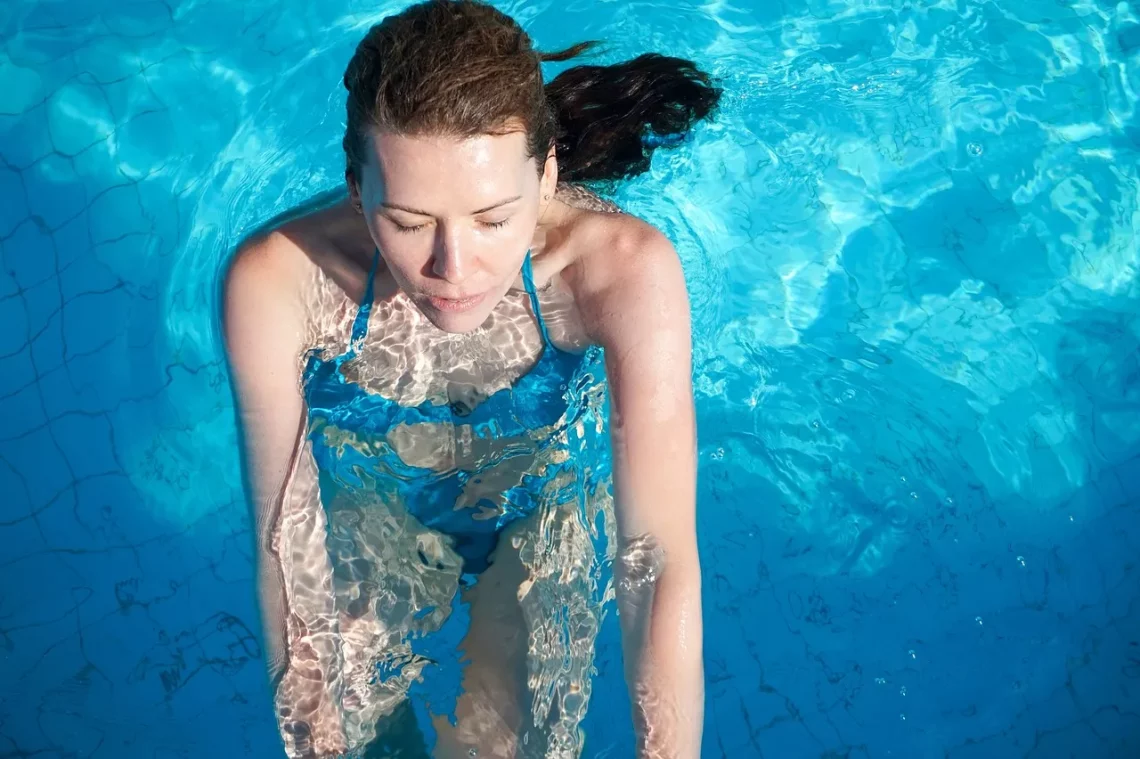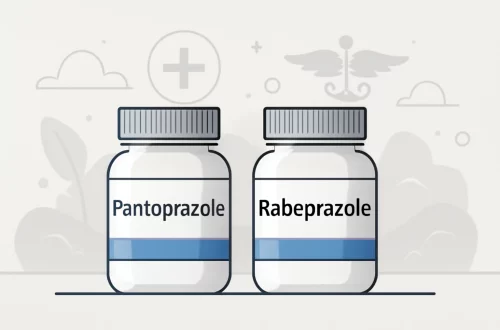
The Ultimate Guide to Choosing a Maternity One Piece Swimsuit
Choosing the right maternity swimsuit is an important consideration for expectant mothers, especially as the warmer months approach. Whether you’re planning a beach vacation, lounging by the pool, or simply enjoying a relaxing day at a local waterpark, comfort and style become paramount during this special time. A maternity one-piece swimsuit not only provides the necessary coverage but also supports your changing body, allowing you to feel confident and beautiful.
As your body transforms, you may find that your usual swimsuits no longer fit or provide the comfort you need. This is where maternity swimsuits come in, designed specifically to accommodate your growing belly while enhancing your figure. The market offers a wide variety of styles, colors, and materials, making the selection process both exciting and overwhelming.
In this guide, we will delve deeper into the essential factors to consider when selecting a maternity one-piece swimsuit. From understanding body changes and fabric options to style preferences and care instructions, we aim to equip you with the knowledge you need to find the perfect swimsuit for your journey into motherhood.
Understanding Your Body Changes
During pregnancy, your body undergoes significant changes, which can affect how you feel in your clothing, including swimsuits. As your belly grows, you may experience an increase in weight and changes in your overall body shape. Understanding these changes is crucial when selecting a maternity one-piece swimsuit that offers both style and comfort.
First and foremost, consider the fit of the swimsuit. Maternity swimsuits are designed with stretchy materials that accommodate your growing belly while providing support. Look for options with adjustable straps, ruched sides, or empire waistlines, which can provide extra room as your body changes. The right fit can enhance your comfort level, allowing you to enjoy your time in the water without feeling restricted.
Another aspect to consider is your bust size. Many women experience an increase in breast size during pregnancy, so it’s essential to select a swimsuit with adequate support. Look for one-piece swimsuits with built-in bras or cups that provide additional lift and support. Some styles even offer removable padding, allowing you to customize the level of support according to your needs.
Lastly, consider your body’s sensitivity during pregnancy. Hormonal changes can lead to increased skin sensitivity, so opting for soft, breathable fabrics can make a significant difference in your comfort level. Avoid swimsuits with harsh seams or irritating tags, and instead choose options with smooth finishes and seamless designs.
By understanding how your body changes during pregnancy, you can make a more informed decision when it comes to selecting a maternity one-piece swimsuit that not only fits well but also makes you feel great.
Choosing the Right Fabric
The fabric of your maternity swimsuit plays a vital role in your overall comfort and functionality. When choosing a one-piece swimsuit, it’s essential to consider the material to ensure it meets your needs throughout your pregnancy.
One of the most common materials used in swimsuits is nylon, which is lightweight and quick-drying. It offers excellent stretch and durability, making it a popular choice for maternity swimsuits. Look for nylon blends that incorporate spandex or elastane, as these materials provide added flexibility and ensure that the swimsuit can adapt to your changing body shape.
Another fabric worth considering is polyester, known for its high resistance to fading and wear. Polyester swimsuits are often designed to withstand exposure to chlorine and saltwater, making them ideal for poolside lounging or beach days. Additionally, polyester tends to dry quickly, which can be beneficial when transitioning from the water to dry land.
For added comfort, consider swimsuits made from a blend of natural and synthetic fibers. Fabrics like cotton or bamboo can be soft against the skin and breathable, reducing the chance of irritation. However, keep in mind that natural fibers may not always offer the same level of support as synthetic blends, so it’s essential to find a balance between comfort and functionality.
Lastly, always check for features like UPF (Ultraviolet Protection Factor) ratings. A swimsuit with UPF protection can help shield your skin from harmful UV rays, which is particularly important during pregnancy as the skin can become more sensitive to sun exposure.
Choosing the right fabric for your maternity one-piece swimsuit is crucial in ensuring comfort, durability, and protection, allowing you to enjoy your time in the water worry-free.
Style and Design Considerations
When it comes to selecting a maternity one-piece swimsuit, style and design are significant factors that can influence your decision. The right design can enhance your confidence and allow you to express your personal style while accommodating your growing belly.
One popular style is the classic scoop neck or v-neck one-piece. These designs are flattering and provide easy access for nursing after the baby arrives. Additionally, they can elongate the neck and create a beautiful silhouette. Swimsuits with adjustable straps or a halter neck can also offer versatility, allowing you to customize the fit to your liking.
Another design consideration is the level of coverage you desire. Some women prefer more coverage, opting for styles with higher leg openings or full coverage on the back. Others may feel comfortable with higher cut legs or lower backs that provide a more daring look. Ultimately, the choice depends on your personal style and comfort level.
Ruching is another design element to consider. This gathered fabric can add texture and visual interest while providing extra room for your growing belly. Ruching is particularly flattering, as it can help camouflage areas where you may feel less confident.
Prints and colors also play a significant role in expressing your style. Whether you prefer bold patterns or subtle hues, there’s a maternity swimsuit for every taste. Bright colors can uplift your mood, while darker shades may create a slimming effect. Floral prints, stripes, and geometric designs are all popular choices that can add flair to your beach or poolside look.
In conclusion, selecting a maternity one-piece swimsuit involves not only considering your body’s changes and fabric options but also expressing your personal style through the design. The right swimsuit will help you feel confident and beautiful throughout your pregnancy.
Care Instructions for Longevity
Taking care of your maternity swimsuit is essential if you want to ensure its longevity and maintain its appearance through your pregnancy and beyond. Proper care can prevent fading, stretching, and wear, allowing you to enjoy your investment for many summers to come.
First, always read the care label attached to your swimsuit. Each material may have specific washing instructions that are crucial for maintaining its quality. Generally, it’s best to hand wash your swimsuit in cold water with a gentle detergent. Avoid bleach, as it can damage the fabric and cause discoloration.
After washing, avoid wringing out your swimsuit, as this can stretch the fibers and alter the fit. Instead, gently press the water out by laying the swimsuit flat on a towel and rolling it up. Once excess water is removed, lay your swimsuit flat to dry, preferably in a shaded area. Direct sunlight can fade colors and degrade elastic fibers, so it’s essential to keep your swimsuit out of harsh sunlight during the drying process.
Additionally, avoid using a dryer, as the heat can warp the fabric and elastic. Instead, allow your swimsuit to air dry completely before storing it. When storing, keep your swimsuit in a cool, dry place, away from direct sunlight, to prevent any premature fading or damage.
Lastly, be mindful of the surfaces your swimsuit comes into contact with. Rough surfaces, such as pool decks or sand, can snag and damage the fabric. Rinse your swimsuit after swimming in chlorinated or saltwater to remove any chemicals that may affect the fabric over time.
By following these care instructions, you can ensure that your maternity one-piece swimsuit remains in excellent condition, allowing you to enjoy it throughout your pregnancy and beyond.
—
**Disclaimer**: This article is not intended to provide medical advice. For any health-related concerns, please consult a qualified healthcare professional.




